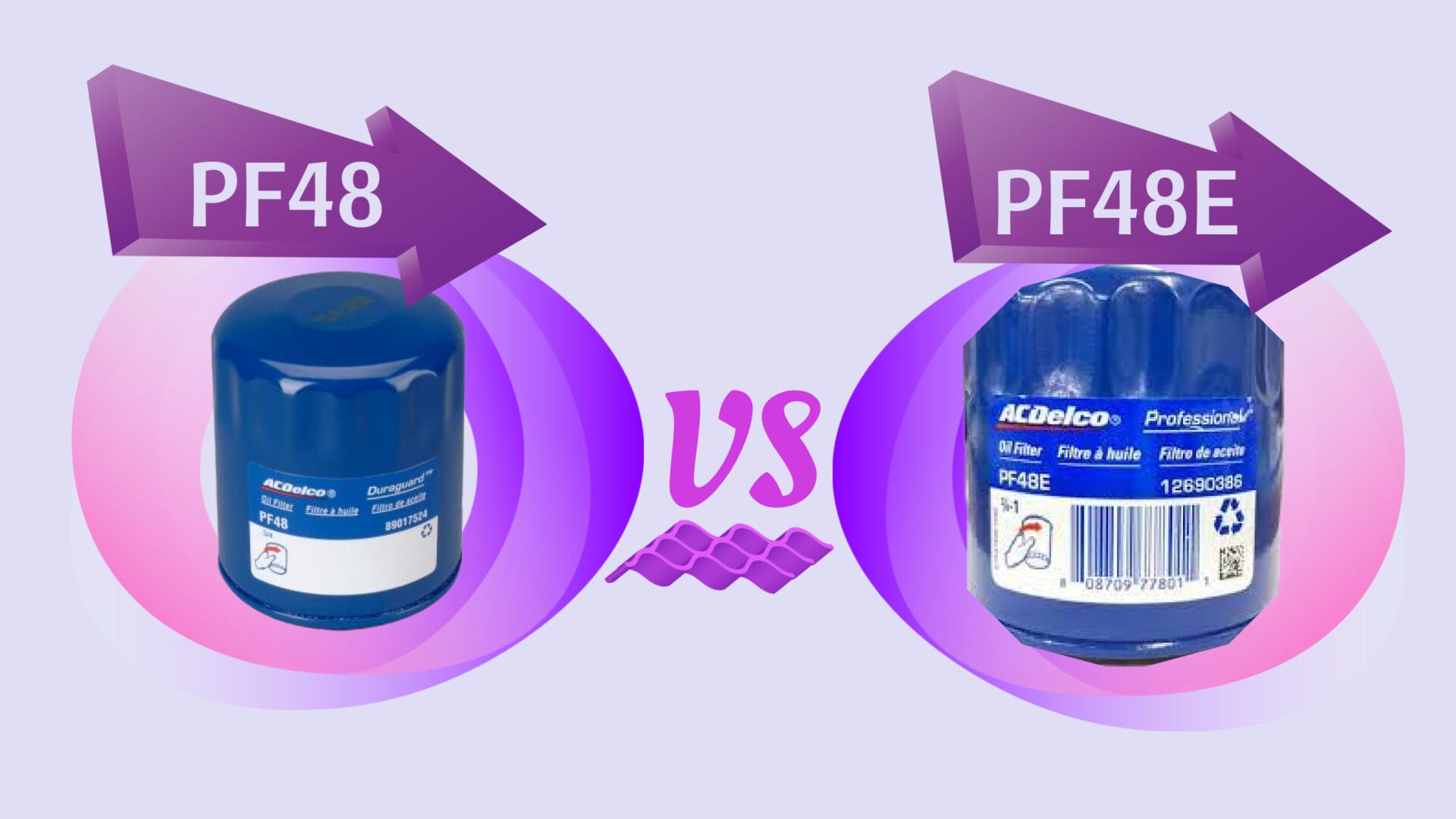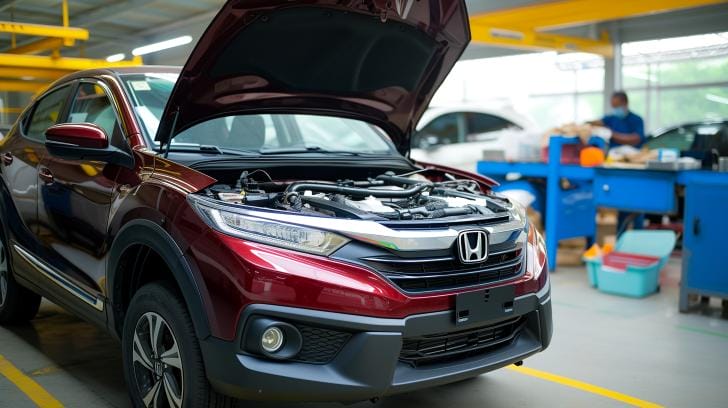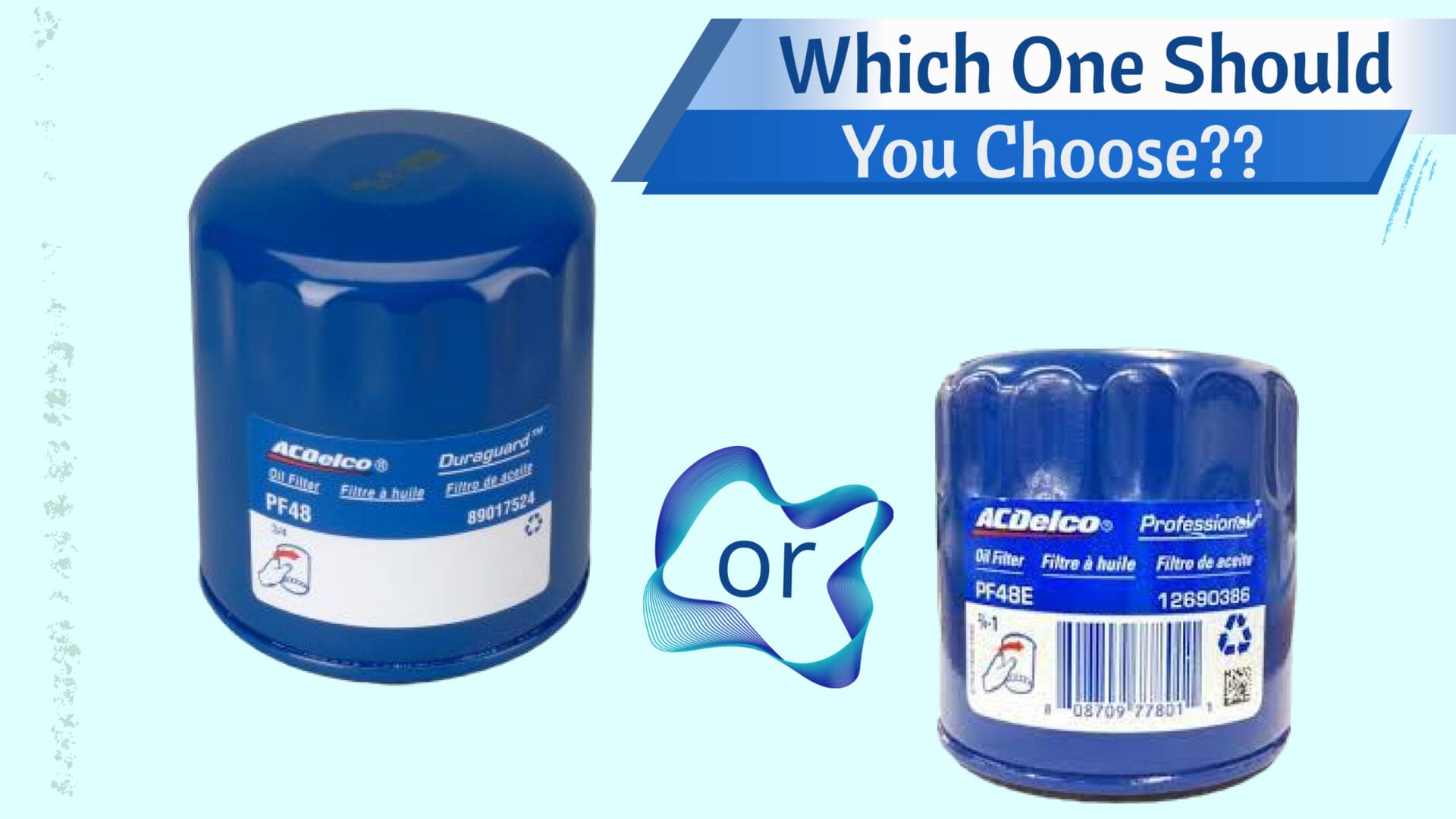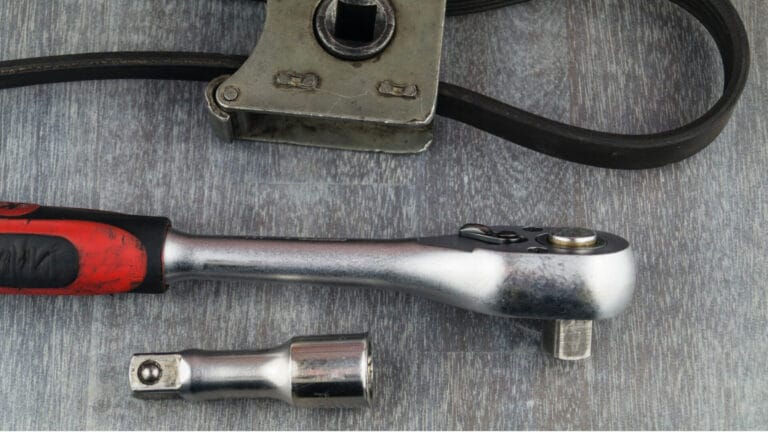What Is the Difference Between PF48 and PF48E? Choosing the Better Oil Filter
When it comes to producing efficient engine oil filters, ACDelco has always been one of the top brands. Since the launch of a new variation of the classic PF48, users have been debating whether the PF48E is a better choice over PF48. To settle the debate, let’s find out all the difference between PF48 and PF48E.
While the PF48 filters have a metal core, the PF48E features a 1.5x stronger and more eco-friendly nylon core. PF48E has no adhesive seals, leading to increased filtration area and improved hot oil durability. PF48E has a compression spring-loaded nylon poppet, unlike PF48’s spring-loaded ball valve.
Let’s dive in and find out what distinguishes the PF48E from the PF48 oil filter and which one you should pick.
What Are the Differences Between PF48 and PF48E Oil Filters?
Many features and capabilities of the two oil filters are the same. Yet, the performance and durability of the PF48 and PF48E are very different due to their construction and added technologies. Here are the differences between the two ACDelco oil filters:

| Comparable Aspects | PF48 | PF48E |
| Construction and Collapse Strength | Stainless steel filter cage is robust and has 5x collapse strength than regular filters | Nylon core is 1.5x stronger than metal core with 25% higher collapse strength |
| Susceptibility to Extreme Temperature and Rust | More sensitive to rust and causes temperature damage | Doesn’t rust and handles extreme temperatures |
| Filtration Area | A bit reduced filtration area for the use of adhesives for potting | Increased filtration area due to the elimination of adhesives |
| Bypass Valve Location | Filter cap | Filter base |
| Hot Oil Durability | Less durable for the adhesive seals | Increased durability with high-tech thermal bonds |
| Multi-Pass Filtering and Maintenance Schedule | Single-pass filtering might miss tiny contaminants but requires less frequent maintenance | Multi-pass filtering is better at capturing contaminants but requires more frequent maintenance |
| Relief Valve Design | Features a spring-loaded ball valve located in the filter cap | Features a compression spring-loaded nylon poppet integrated into the filter’s base |
| Cost of Purchase | 6 to $19 | $4.79 to $17 |
Now, let’s compare each side in more detail.
Construction and Collapse Strength
- PF48: While both filters use the same filter media, end caps, and sealing gaskets, it’s the filter cage that makes all the difference.
The PF48 has a metal cage (stainless steel) for added strength and durability. As it’s been the standard oil filter for years, users rely on it for long-lasting performance.
- PF48E: Instead of steel, the PF48E features a nylon cage. The purpose of this replacement is to make the filter eco-friendly. Although many users were quick to call it ‘flimsy plastic,’ the nylon cores are expected to be 1.5 times stronger than the old metal cores.
Thanks to the perfectly round shape of the core, the collapse strength of the PF48E is 25% higher than that of the PF48.
Susceptibility to Extreme Temperature and Rust
- PF48: From the filter caps to the cage, almost all the parts of the PF48 are metal. Therefore, it’s more susceptible to rust and corrosion than the PF48.
Although metal construction withstands more extreme temperatures, they work as excellent conductors. Therefore, if the PF48 overheats, it will cause more damage to the oil.
- PF48E: Only the filter cage of the PF48E has a nylon core, which is not susceptible to rust. Moreover, it’s been redesigned to increase the filer’s resilience against water accumulation.
Nylon is a thermoplastic that doesn’t conduct heat and withstands extreme temperatures. Therefore, it can offer better protection for your engine oil in unfavorable conditions.
Relief Valve Design
- PF48: Another key difference between the two valves is the relief valve design, location, and operation. The PF48 features a spring-loaded ball valve located in the filter cap.
As the oil pressure rises over the standard level, the ball valve lifts and sends the unfiltered oil back to the engine. This way, the relief valve protects the engine from damage if the filter becomes clogged.
- PF48E: The redesigned relief valve of the PF48E features a compression spring-loaded nylon poppet valve integrated into the filter’s base.
From what I’ve seen so far, this design offers statistically more stable relief valve performance compared to the ball valve in the PF48.
Therefore, it offers more consistent opening pressure and reduces the risk of premature bypass activation. While the PF48’s relief valves work great, the new ones on the PF48E deliver overall better performance and leakage protection.
Filtration Area and Performance
- PF48: The filter cage, filter media, and seals of the PF48 oil filter are held in place with high-quality thermosetting adhesives. While they maintain the structural integrity of the filter, the adhesives reduce the filtration area.
On top of that, they can end up restricting the oil flow when the adhesives deteriorate over time.
- PF48E: With the elimination of the adhesive seals for the filter media, the PF48E has an increased surface area for filtration. Therefore, it can be more efficient in capturing contaminants from oil.
The elimination of the adhesives and infusion of high-tech thermal bonds might also minimize pressure drops across the filter. It also enhances hot oil durability, so the PF48E will perform better at higher engine temperatures.
However, if you judge the filters based on their overall performance, the filtering capacity of PF48 and PF48E remains unchanged. Both filters have the same micron rating (up to 30 microns) and filtering efficiency (98%).

Availability and Workability
- PF48: From traditional oils or synthetic and blended ones, PF48 works great with all types of motor oils. Its reinforced metal construction allows it to deliver great performance under stress. Hence, PF48 filters are more suitable for heavy-duty vehicles and carrying heavy loads.
The PF48 is compatible with 99% of vehicles, including passenger cars, SUVs, and pickup trucks. However, ACDelco discontinued the production of PF48 for some time, so it might not always be available as GM Original Parts on your vehicle.
- PF48E: While the PF48E filters are workable with all types of oils, they work best with synthetic oils manufactured for more modern vehicles. With its strong core and redesigned relief valve.
Therefore, the PF48E is a good pick for everyday driving. The filter is compatible with 98% of all vehicles. Nowadays, it’s easier to find and comes as the OE filter on many modern cars.
Multi-Pass Filtering and Maintenance Schedule
- PF48: The PF48 is marked as a single-pass filter by the manufacturer. This means that the oil flows through the filter media only once before reaching the engine.
This is probably because the PF48’s bypass valve is located in the filter cap. The key benefit here is that you don’t have to replace the PF48 as frequently as the PF48E.
- PF48E: As it’s a multi-pass filter, the oil flows through the filter media multiple times before reaching the engine. This way, the PF48E might be more efficient in capturing debris.
Unlike the PF48, the PF48E’s bypass valve is located in the filter base. However, the downside is that you need to change the filter more often.
Cost of Purchase
- PF48: Due to their higher production costs, PF48 filters are generally more expensive than their Ecore counterparts. PF48 filters are slightly larger and heavier.
However, the exact cost will vary based on the availability of the part. It’s available within the price range of $6 to $19.
- PF48E: As the nylon core is recyclable, lightweight, and easy to source, the PF48E will cost you a few dollars less than the PF48.
Again, there might be a slight difference in the prices, ranging from $4.79 to $17, depending on where you’re purchasing the part from.
FAQs
In this section, we’ll address some common queries regarding the differences, features, and uses of the PF48 and PF48E oil filters.
Are PF48 and PF48E interchangeable?
For most vehicles, you can interchange between the PF48 and PF48E oil filters. Both oil filters are for GM LS engines. However, you must check out your owner’s manual to find out which part fits your vehicle.
Vehicles produced before 2009 might not be compatible with the PF48E. Meanwhile, the PF48 can have a fitting issue on newer models.
What do PF48 and PF48E stand for?
PF stands for ‘Professional Filter,’ implying ACDelco’s line of oil filters. The number ’48’ is an indicator of the size and compatibility of the filter with different engines. In ‘PF48E’, the letter ‘E’ denotes that it’s an ‘E-core’ oil filter.
Some also say it has other meanings such as ‘Eco-Friendly,’ ‘Economy,’ and ‘Enhanced.’

Which One You Should Choose
Now that you know what is the difference between PF48 and PF48E filters, let’s find out which one you should choose. With its advanced design and technologically improved construction, the PF48E is an overall better filter.
It’s stronger with better filtration and oil flow characteristics. Besides, it’s lighter and less expensive. In short, the PF48E is an upgrade over the traditional PF48. However, if you prefer the robustness of metal and reliable performance, the PF48 will also serve your vehicle well.






